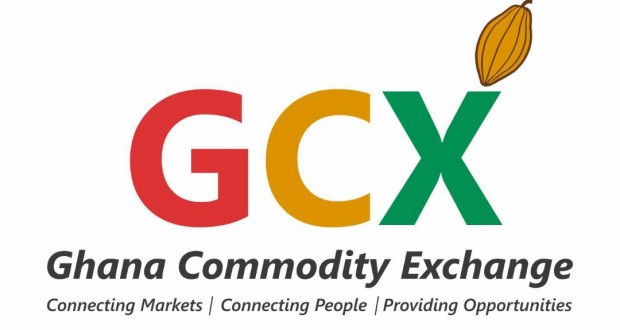
Despite an average annual growth in exports of 8.5% since 2010, trade between African regions remains low when compared to other parts of the world, according to The Africa Economic Outlook Report 2016. Intra-regional trade accounted for 16% of Africa’s total trade in 2014 – mainly stimulated by manufactured goods, accounting for 60% of total regional trade.
Agreeing with the report findings which note that the potential of intra-African trade has not yet reached fruition, Hennie Heymans, CEO of DHL Express sub-Saharan Africa says that, “There are multiple opportunities to increase intra-regional trade, especially in line with the Tripartite Free Trade Agreement. If used properly, this agreement has the potential to significantly boost economic growth in the region.”
The report also forecasts that the gross domestic product (GDP) of major sub-Saharan African cities, including Johannesburg, Cape Town, Lagos and Luanda, are expected to increase, citing the quality of infrastructure and logistics as the key contributing factors. “These findings demonstrate the important role that effective logistics play in boosting a country’s economic growth by enabling trade,” says Heymans.
Heymans also points out that if intra-regional trade in Africa is to be boosted, it is crucial to put in place effective logistics infrastructure to facilitate the movement of goods across borders, and ultimately reduce the cost and time of trade.
For countries looking to boost inter-regional trade, Heymans shares that it is vital to consider the time and costs associated with transporting goods. “It is important to take a holistic approach when it comes to managing supply chain risk, in order to achieve greater visibility, flexibility, and control. Businesses in Africa are under increasing pressure in the current economic climate to remain competitive, both locally and globally, and sometimes lack the ability to build resilient supply chains.”
According to Heymans, making strategic decisions to outsource logistics can make a significant contribution to a business’s profitability. “Always ensure that you have the right partners who understand the global economy and, more importantly, the intricacies of doing business in each individual African county. It’s not a one-size-fits-all approach,” he states.
“Home to one of the fastest growing middle classes in the world, Africa is a captive market, filled with consumers who are looking for variety and easy access to goods. The market is there, it’s about getting the right goods to the right people, at the right time. With operations across 51 markets in sub-Saharan Africa, servicing over 40,000 customers, efficient delivery is an important factor for DHL. With our strategic investments in technology and retail touch points across the region, we seek to leverage the huge potential in Africa, to ensure that citizens and businesses have access to the opportunities and services available in the region,” concludes Heymans.
Source: howwemaeitinafrica.com









